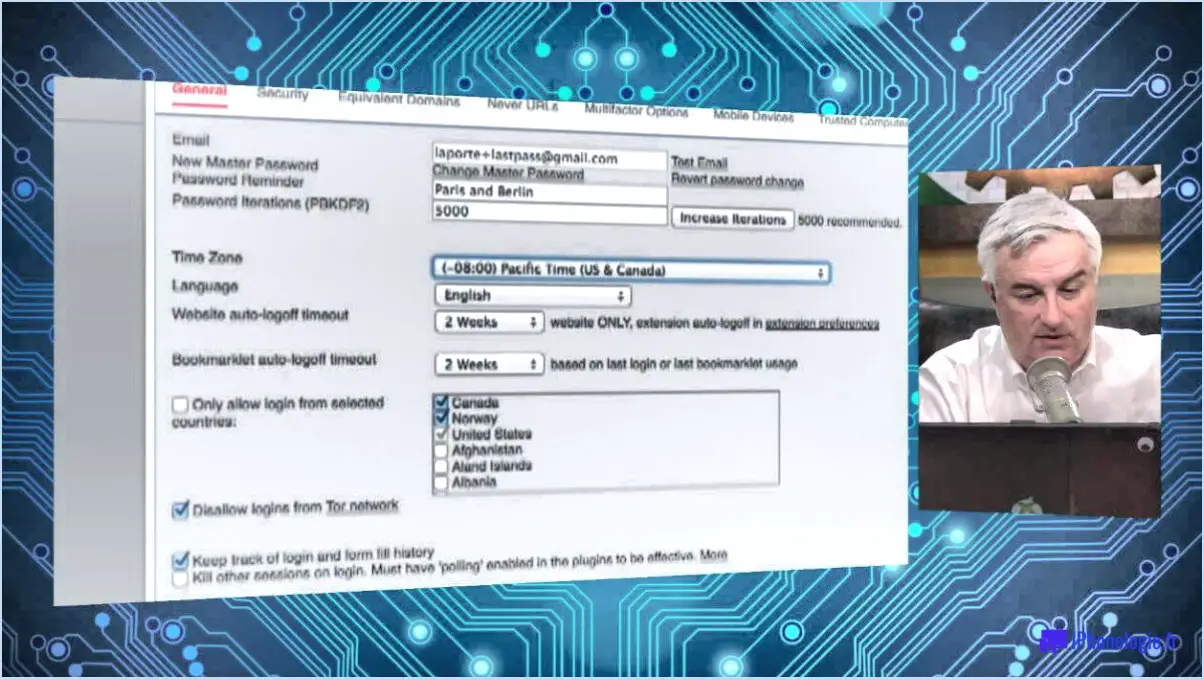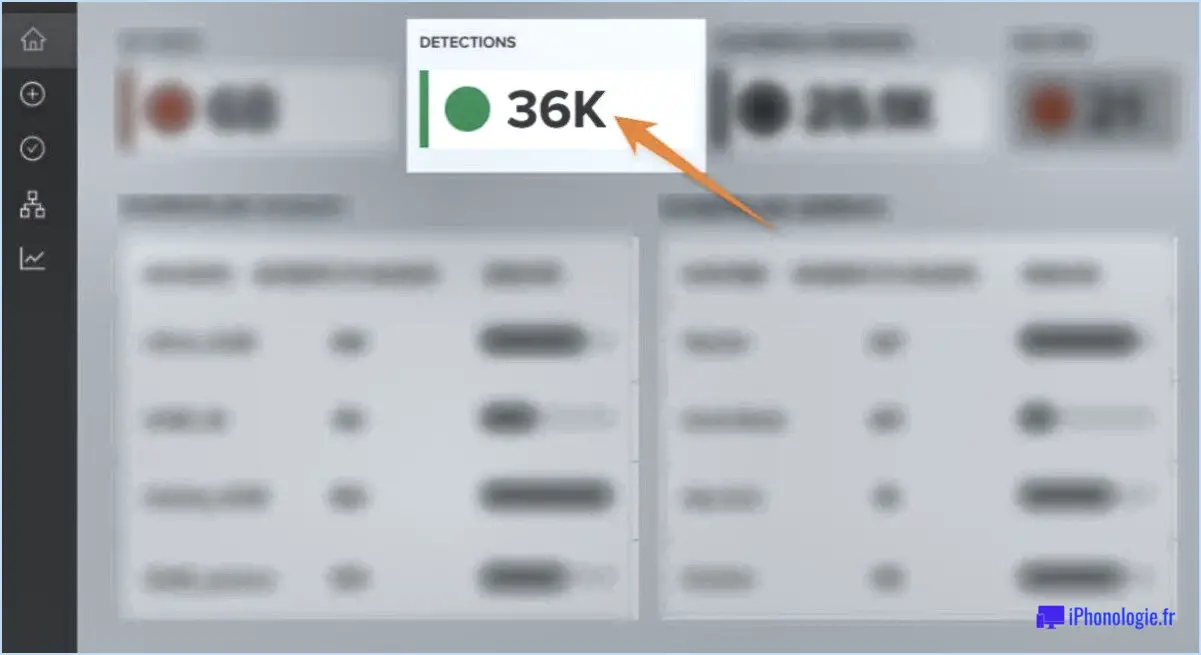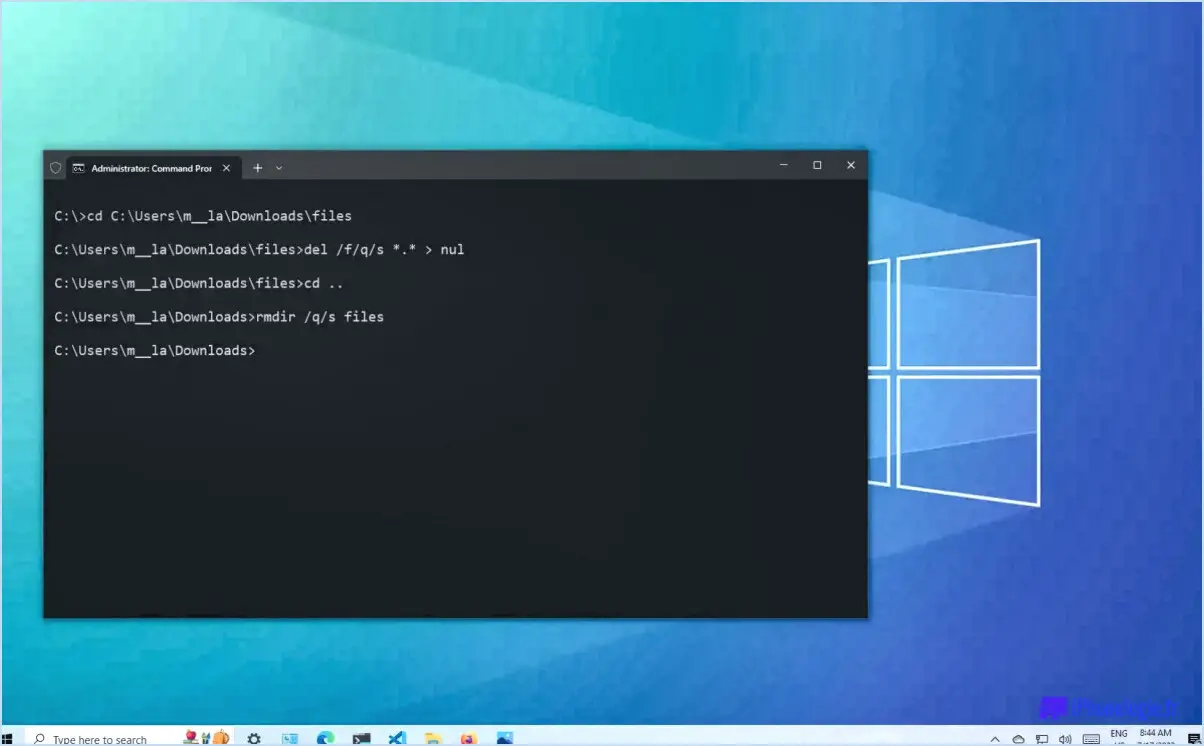Fix LastPass Equivalent Domains Not Working?

Fixing LastPass equivalent domains not working can be achieved through various troubleshooting steps. Since the resolution depends on the specific issue you encounter, here are some general tips that may help:
- Clear Browser Cache and Cookies: Start by clearing the cache and cookies in your web browser. Accumulated data can sometimes interfere with LastPass functionality. After clearing the cache, restart your browser to see if the issue persists.
- Update Your Browser: Ensure that your web browser is up-to-date. Outdated browsers might not be fully compatible with LastPass, causing domain-related problems. Check for the latest version and install any available updates.
- Disable Browser Extensions: Some browser extensions might conflict with LastPass and lead to issues with equivalent domains. Temporarily disable other extensions to identify if one of them is causing the problem.
- Verify Equivalent Domains Settings: Double-check your equivalent domains settings in LastPass. Make sure you have correctly added the domains you want to associate with your saved credentials.
- Reset LastPass Master Password: If the equivalent domains problem persists, consider resetting your LastPass Master Password. This can sometimes resolve authentication-related issues.
- Test on Different Browsers: To isolate the problem, try accessing LastPass and testing equivalent domains on different web browsers. If the issue occurs only on a specific browser, it might indicate a browser-specific problem.
- Clear DNS Cache: In some cases, a corrupted DNS cache can cause problems with equivalent domains. You can clear the DNS cache on your computer to address this issue.
- Check LastPass Status: Before delving too deeply into troubleshooting, verify the status of LastPass services. Occasionally, LastPass might experience temporary outages that could affect domain functionality.
- Contact LastPass Support: If you've exhausted these troubleshooting steps and the problem persists, reach out to LastPass support for personalized assistance. They can provide more in-depth guidance based on your specific situation.
Remember that LastPass regularly updates its software, and sometimes issues can be resolved through automatic updates. Staying informed about the latest releases can help ensure you are using the most reliable version of LastPass.
How do I add an equivalent domain to LastPass?
To add an equivalent domain to LastPass, follow these steps:
- Open the LastPass app and click on the More Options button in the top left corner of the main window.
- In the "Domains" section, click on the Add Domain button.
- Enter the domain name you wish to add to LastPass and click on the Add Domain button again.
- Verify the domain ownership through the provided methods, such as DNS verification or HTML file upload.
- Once the domain is successfully added, LastPass will recognize it as equivalent to the original domain, allowing seamless autofill and security features.
How do I repair LastPass?
To repair LastPass, follow these steps:
- Delete the LastPass vault and re-download it from LastPass.com.
- Reinstall LastPass and log in to your account.
- If needed, utilize the Reset Password feature in LastPass.
Why is my LastPass not auto filling?
Your LastPass might not be auto-filling passwords due to a few possible reasons:
- Outdated Version: Ensure you have the latest LastPass version. Check lastpass.com/download for "LastPass for Windows (64-bit)."
- HTTPS Configuration: Verify that your browser is set to send passwords via HTTPS requests.
Keep these factors in mind, and you should experience smoother auto-fill functionality with LastPass.
Does LastPass work with subdomains?
Yes, LastPass works with subdomains. It seamlessly integrates with websites and platforms across subdomains, making password management efficient and secure. Whether you're accessing a main website or a subdomain, LastPass ensures that your login credentials are readily available and protected by strong encryption. This feature simplifies the process of logging in and enhances online security by generating and storing unique, complex passwords for each subdomain. With LastPass, you can conveniently navigate through various subdomains while maintaining the ease and safety of password management.
How do I find duplicate passwords in LastPass?
To find duplicate passwords in LastPass, utilize the Duplicate Passwords tool. This feature conveniently reveals all duplicate passwords stored in your vault. Upon identification, you have the option to either delete the duplicates or keep them for further investigation.
How do I transfer LastPass to 1Password?
To transfer LastPass to 1Password, follow these steps:
- Install the LastPass browser extension.
- Click on the 1Password logo in the top right corner of the LastPass website.
- Choose "Add an account" and enter your 1Password login details.
- Click "Next" and select "LastPass" from the list of accounts.
- Click "Next" to initiate the transfer.
Alternatively, you can use a third-party tool called "1Password Importer" to migrate your data. Simply download the tool and follow the on-screen instructions to import your LastPass data into 1Password.
Remember to review your passwords and data after the transfer to ensure everything transferred correctly. This way, you can seamlessly continue using 1Password with all your important information. Happy password managing!
Should I switch from LastPass to 1Password?
Considering whether to switch from LastPass to 1Password depends on your specific needs. Here are some key factors to consider:
- Password Limit: LastPass's free account allows storing up to 3 passwords, whereas 1Password's free account allows up to 10 passwords.
- App Availability: Both offer desktop and mobile apps, but LastPass is available on more platforms, making it more versatile.
Based on these factors, if you need to store more passwords and prefer wider platform compatibility, 1Password might be the better choice. However, if you have fewer passwords and value broader device accessibility, LastPass could still meet your requirements.
Can I export passwords from LastPass?
Yes, LastPass allows exporting of passwords. To export passwords, sign in to LastPass and click on the three lines in the top right corner of the main screen. Then select “Settings” from the menu that appears. In the “Settings” window, click on the “Accounts” tab. Under “Export Passwords”, you will see a button to export your passwords.







